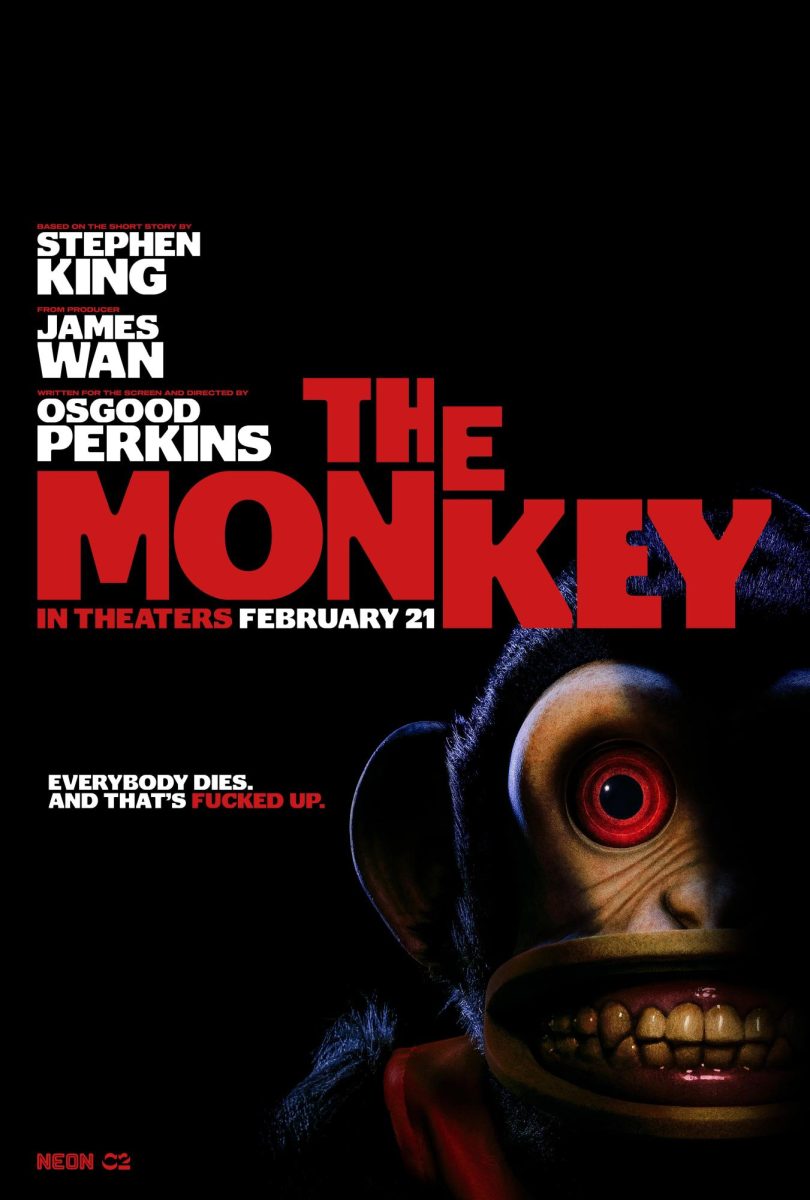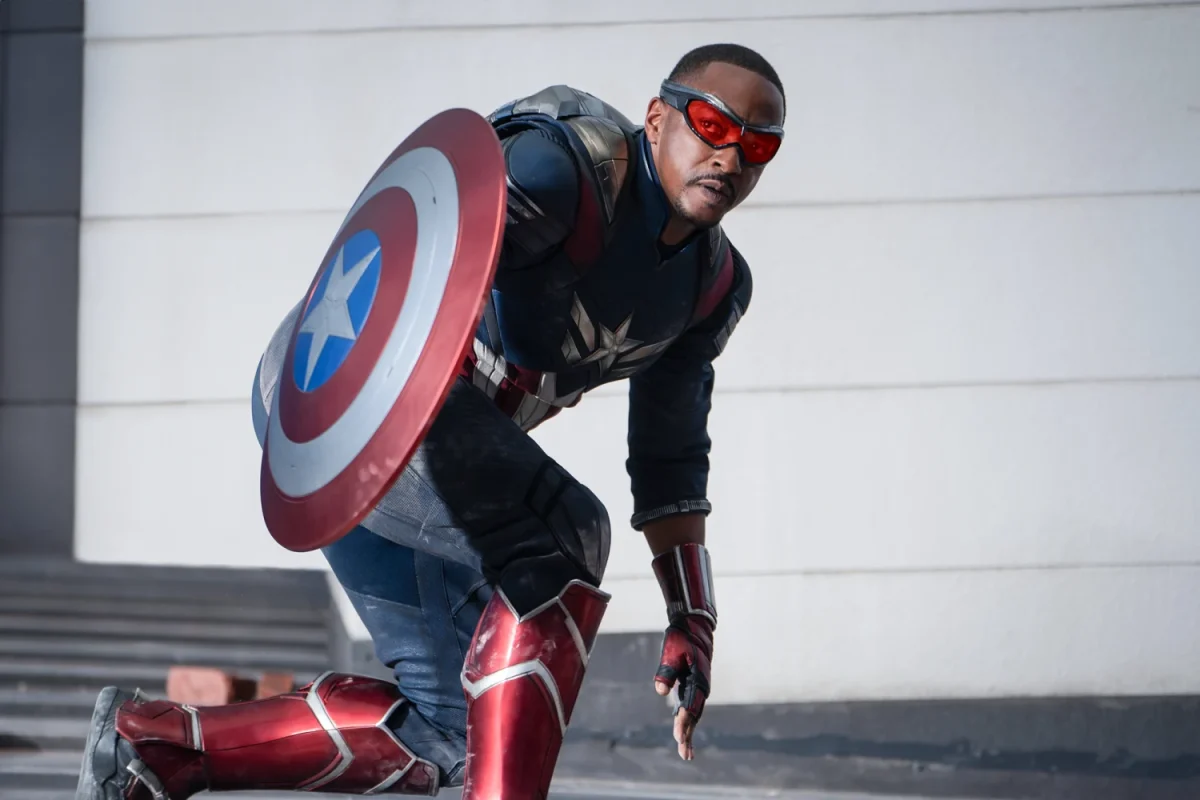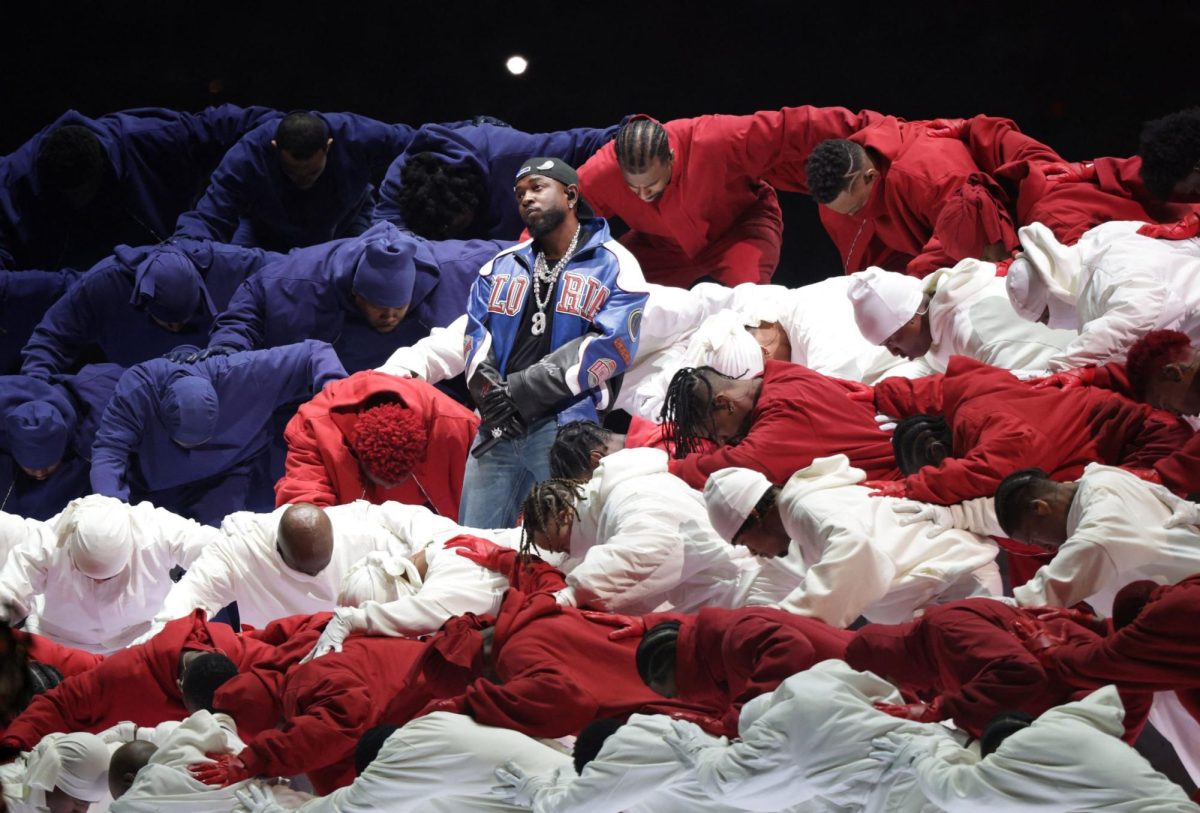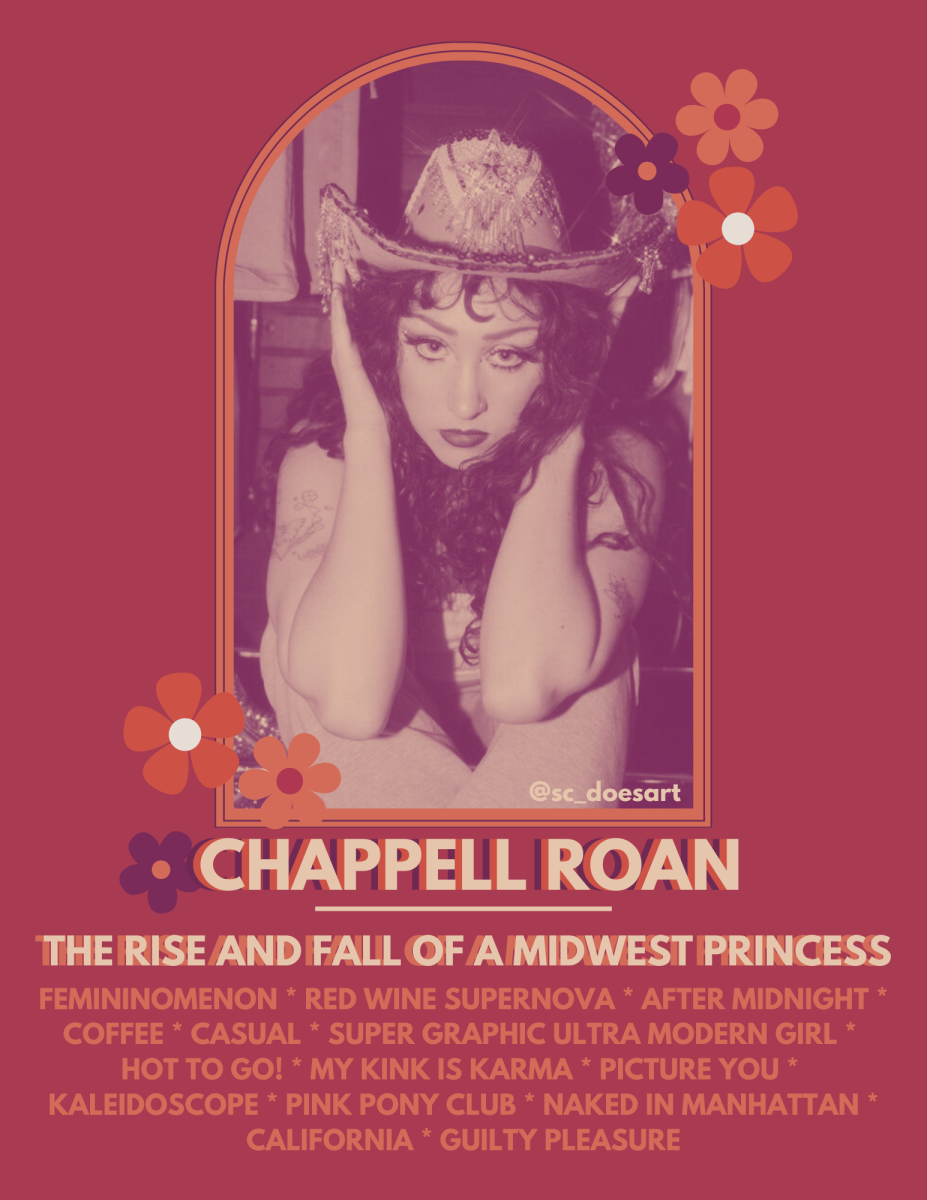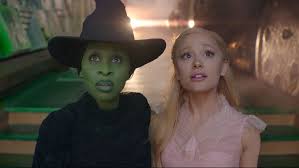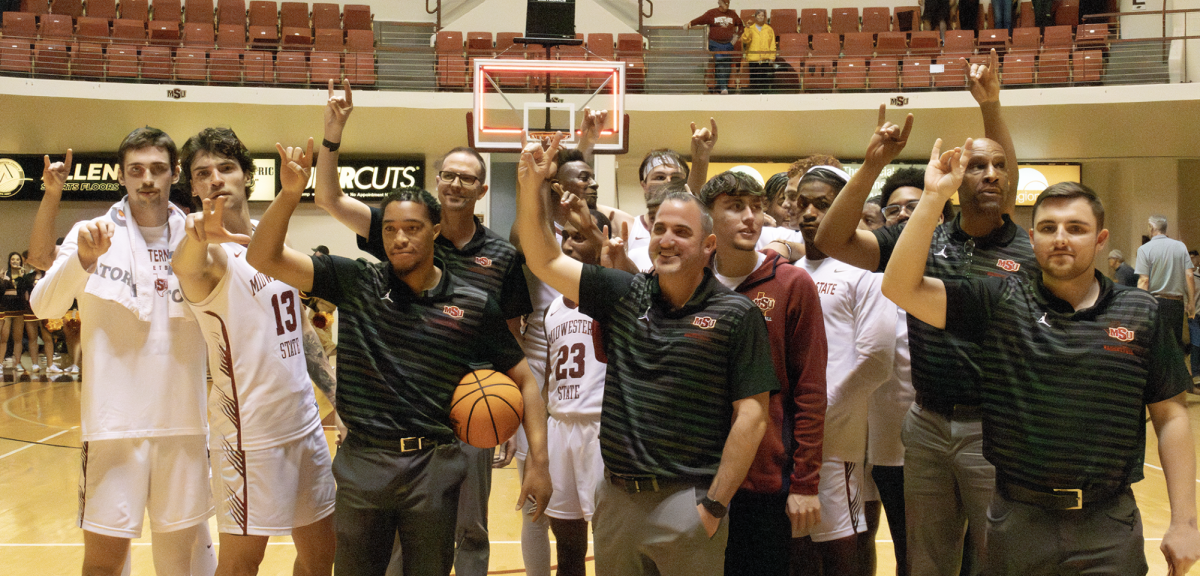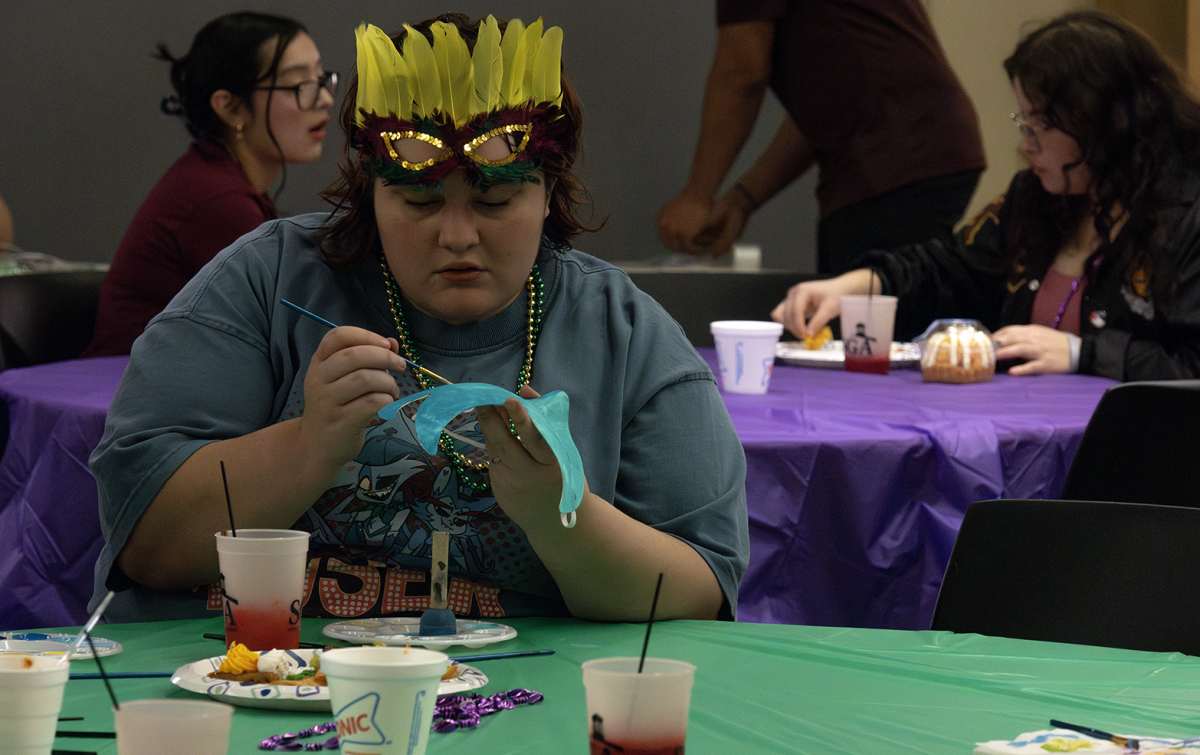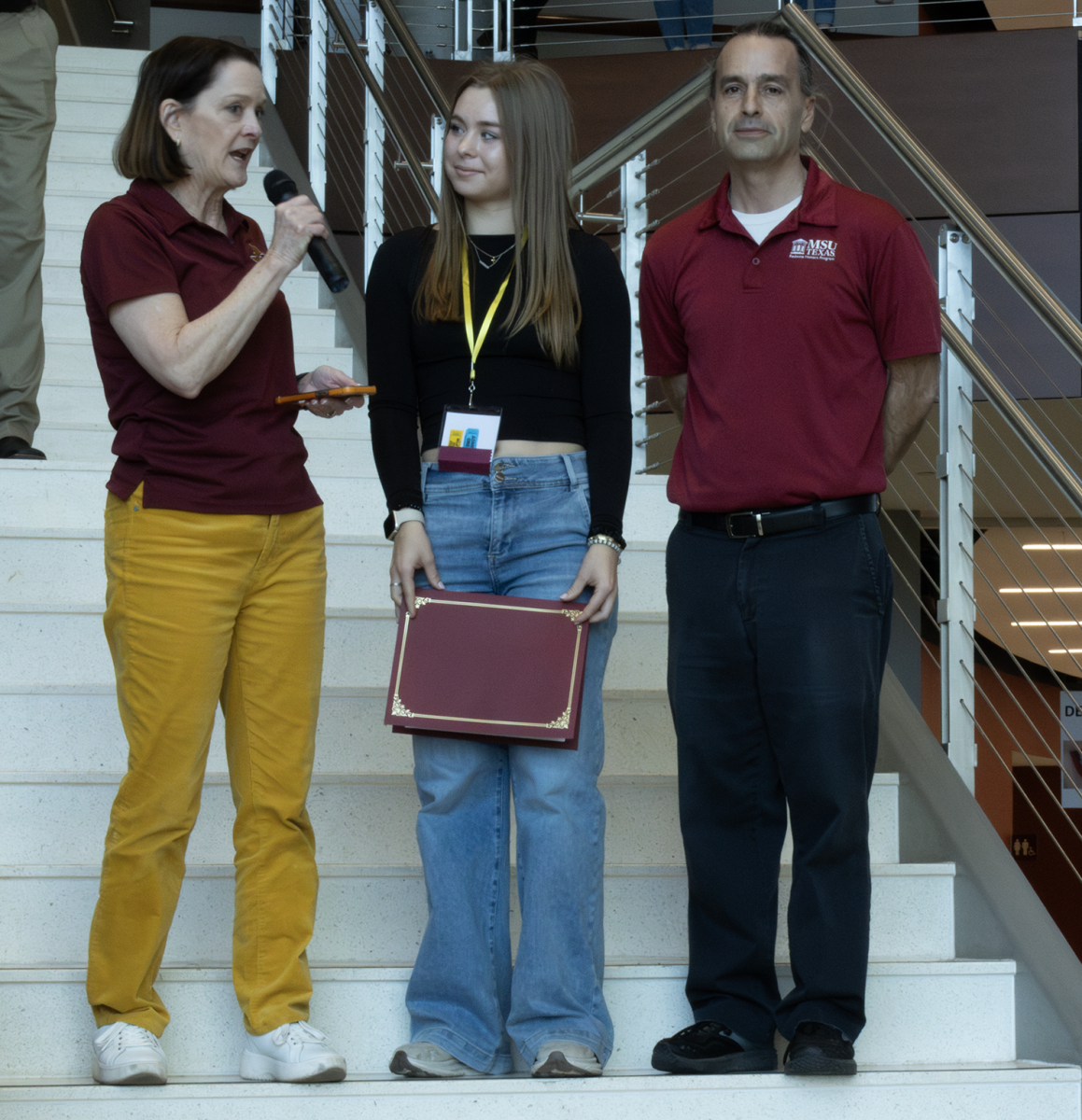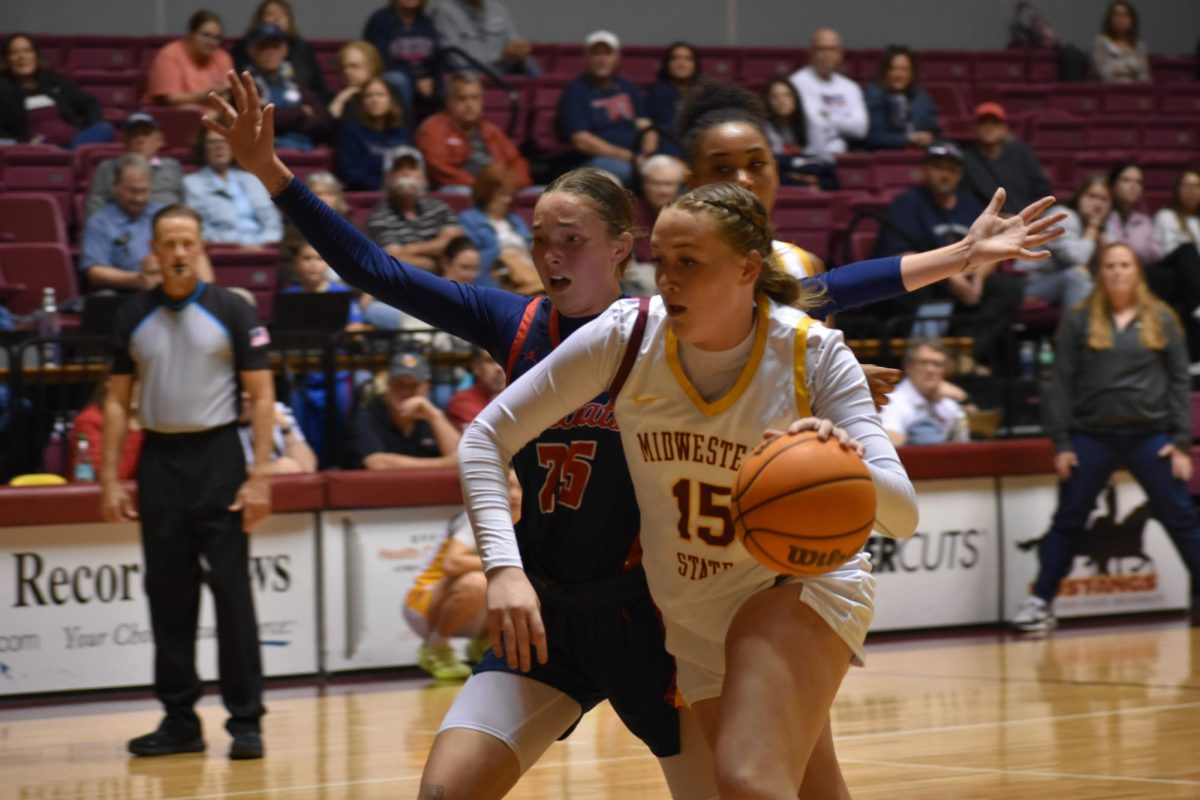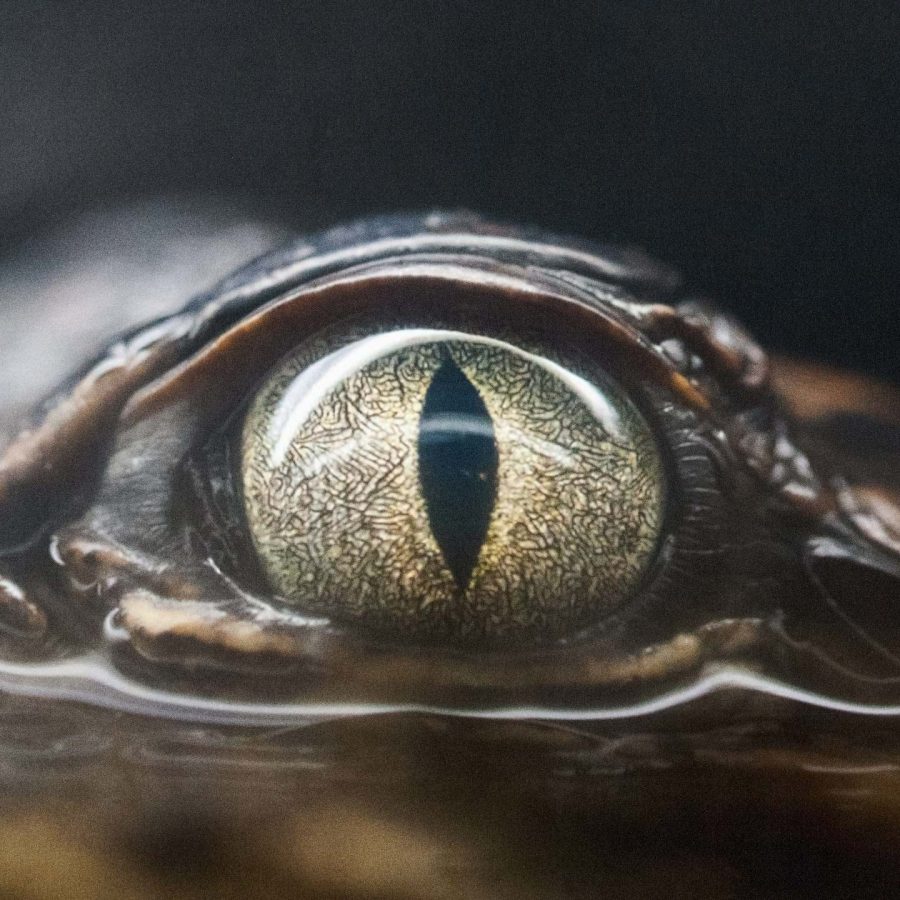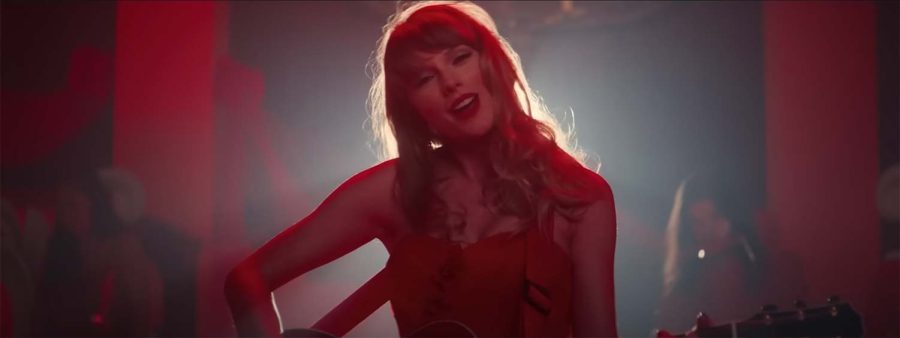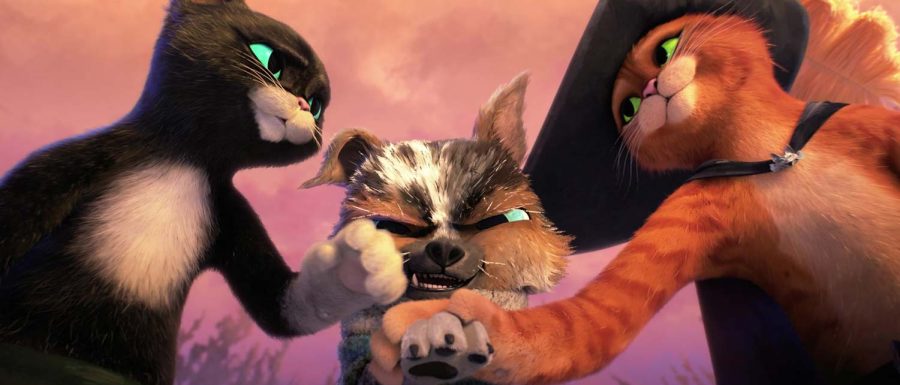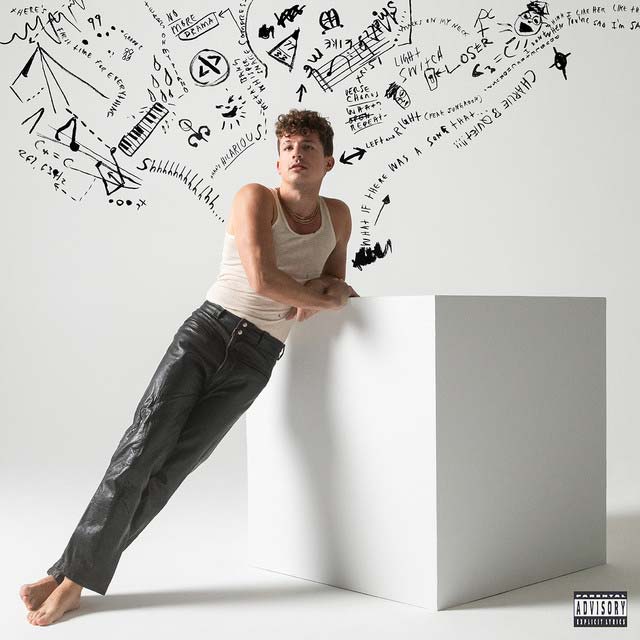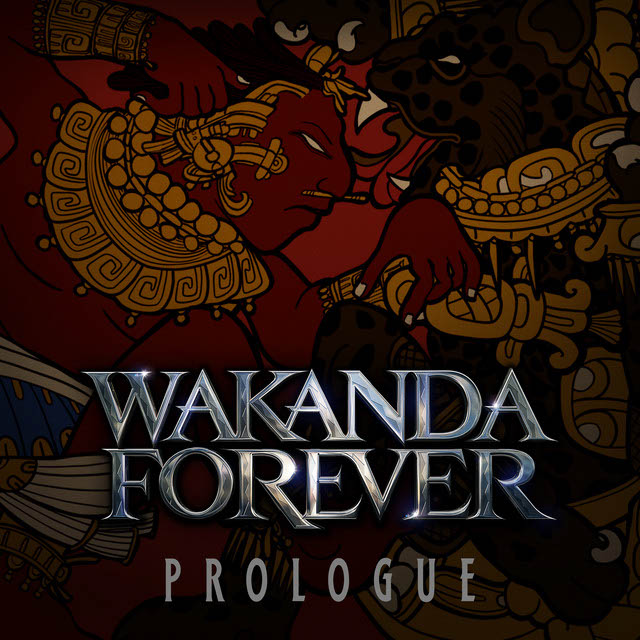“The Monkey” serves as a cathartic examination of Director Osgood “Oz” Perkins’ fascination with mortality—its genesis and omnipresence.
Hot off the heels of the smashing financial success of “Longlegs,” Perkins delivers an irreverent and shockingly sardonic take on Stephen King’s 1980 short horror story.
Few directors are as intimately familiar with notorious and unusual deaths as Director Osgood Perkins.
His father Anthony Perkins, who played the iconic role of Norman Bates in Alfred Hitchcock’s Psycho, died after a much-publicized battle with HIV. His mother Berry Benson died as one of the victims aboard American Airlines Flight 11 during the September 11 attacks.
These chapters in the director’s life molded his view of death and much of the tone of the film.
The story plays with film tropes we have seen in countless other movies, but its core themes are in full display through the visual representations and story repercussions of absentee parental figures that elevate it further from the rest.
Lead actor Theo James pulls double duty as twin brothers Hal and Bill Shelburn who return to Casco, Maine, after a series of outlandish family deaths.
Much of the film’s tone hinges on James’ outlandish performance as both brothers. From the subtle yet effective choices, from Bill’s mullet to Hal’s more timid nature, both roles are imbued with a distinct energy that never fails to entertain.
Confined to a limited screen time, Tatianna Maslany plays the role of a no non-sense single mother grappling with the reality of an absentee husband and two precocious boys.
While short in screen time, Maslany’s delightful performance and sharp line delivery expresses a tenderness and vulnerability that is needed to ground the story, giving the film a heart.
Part “Final Destination” and part “Looney Tunes,” the film aggressively blends splatter horror with gallows humor for the sake of skewering traditional conventions.
Nico Aguilar’s excellent cinematography crafts a visually unsettling world. With a reported budget of around $11 million dollars, “The Monkey” throws all its financial and creative resources into a gruesome mix of practical and CGI effects, amplifying the film’s absurdist tone and comedic edge. The effects turn what in other films are gruesome scenes into darkly comical set pieces through sheer exaggeration.
In a film where a character is trampled by a horse stampede and turned into what looked like a “drop-kicked cherry pie,” levity is essential to the theme of the movie, especially when tackling the weighty themes of grief and death’s inevitability.
The film cleverly uses sight gags and an abundance of naturalistic dialogue to navigate these topics. The screen explodes with excess viscera, flaunting Perkins’ outlandish campy take on the script every time a character meets their horrific demise.
This horror-comedy pulses with nuance, directly inviting audiences to share a laugh at its vulgar wit and the creativity of its death sequences. The tonal tightrope walk might divide audiences, with some finding the dissonance jarring and others a welcome reprieve from the tension.
Perkins shows us that all we can do is laugh at the absurdity of death and carnage presented on screen. Maybe the phrase “Like life,” is not just words emblazoned on the organ grinder box.
“The Monkey” is found; it’s the film’s core message. Life can be bleak, unfair, and random. The Monkey reminds us that, much like its victims, we can choose to not only march but also dance to the beat of the drums.
I give this movie 4 out of 5 mustangs



